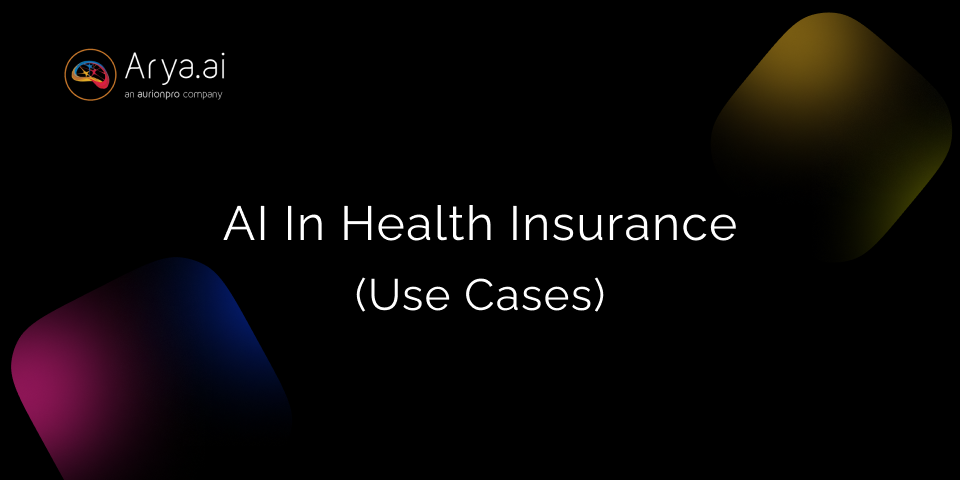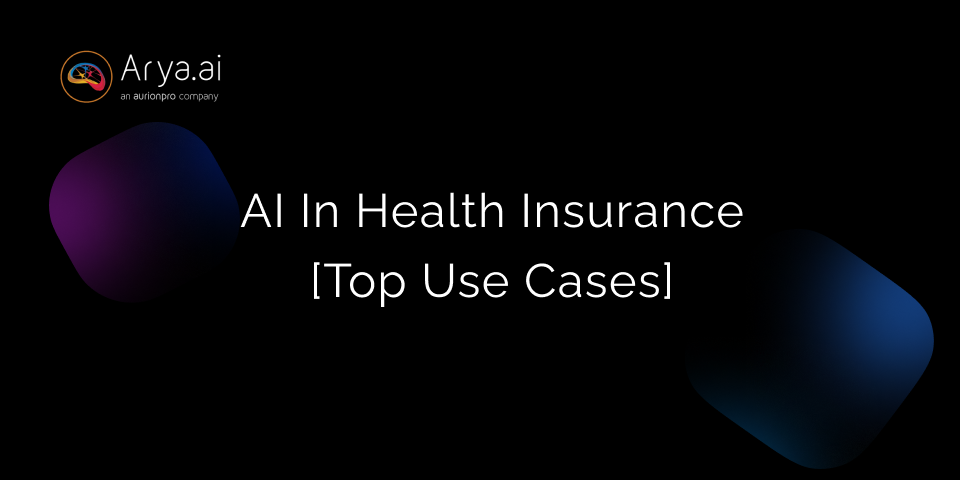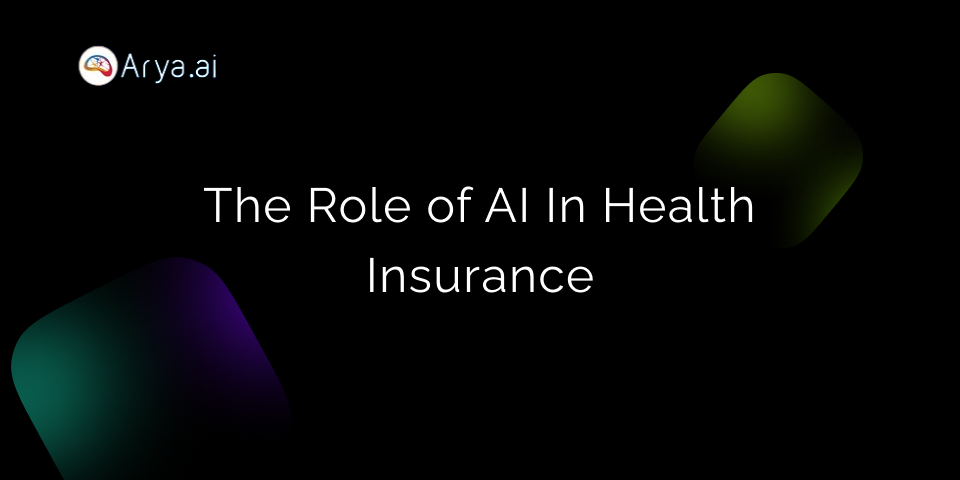With the global health insurance market projected to reach $3.9 trillion by 2030, insurers are increasingly turning to AI to enhance efficiency, reduce costs, and provide better customer service.
With AI, health insurers can make more accurate predictions, automate processes, and deliver personalized services, all while detecting fraud and managing risks more effectively. From automating claims processes to predicting health risks, AI is reshaping how insurers operate.
Mckinsey & Co. projects a potential “3 percent to 12 percent higher revenue” for insurers who fully embrace these AI innovations.
Let’s explore the top use cases of AI in Health Insurance.
Automation in Claims Management
1. Automated Claims Verification
AI can instantly cross-check claims data with medical records and policy details to ensure they are valid. This means insurers can process claims within hours, reducing customer wait times and minimizing human error.
2. Fraud Detection and Prevention
AI’s ability to spot unusual patterns in claims data helps flag suspicious claims for further investigation. AI uses pattern recognition and data analysis to detect suspicious claims, preventing potential fraud.

3. Claims Adjudication Automation
AI can automate the entire process of reviewing, approving, and settling claims. It can assess and process claims instantly, reducing the need for human intervention and significantly speeding up settlements.
AI in Underwriting and Risk Assessment
4. Predictive Risk Models
AI analyzes a broader range of factors, such as medical history, lifestyle, and environmental influences, to predict specific risks more accurately. This enables insurers to offer personalized premiums that better reflect each policyholder's health risks.
5. Real-time Underwriting
AI enables real-time health assessments based on a person’s medical history, lab results, and recent health events, leading to faster and more accurate pricing decisions. This is particularly useful for updating policies when a policyholder’s health status improves or declines, ensuring their premium reflects their current risk level.
6. Behavioral Underwriting
AI uses data from wearables and health apps to assess lifestyle factors such as exercise and diet, creating dynamic underwriting models.
Enhanced Customer Service
7. AI Chatbots and Virtual Assistants
AI-powered chatbots can assist customers with routine tasks like checking their policy details, submitting claims, or asking about coverage options—anytime, anywhere. Virtual assistants can guide customers through more complex processes, such as choosing a new policy or renewing an existing one, without human interaction.
8. Voice Recognition & Sentiment Analysis
AI systems equipped with voice recognition can analyze customer sentiment during calls and guide customer service reps in responding, improving overall engagement.
9. Proactive Policy Recommendations
AI analyzes customer behavior and health data to offer personalized health insurance plans that meet individual needs.
AI-Driven Fraud Detection and Compliance
10. Anomaly Detection in Claims
AI analyzes claim histories to detect unusual patterns indicating fraudulent behavior, flagging them for further review.
11. Compliance Automation
Keeping up with constantly evolving healthcare regulations can be a headache for insurers. AI can automatically ensure that claims, policies, and practices align with the latest regulations, reducing the risk of fines or legal penalties. It can also monitor for changes in regulations and alert insurers when adjustments are needed.
12. Predictive Fraud Detection Models
Instead of reacting to fraudulent activities after they’ve occurred, AI can predict fraud by identifying trends in claimant behavior. This allows insurers to act preemptively and reduce financial losses before they escalate.
AI Use Cases Evolution [Post-Generative AI]
13. AI-Generated Policy Documents
Traditional policy documents are static, one-size-fits-all forms. Generative AI allows insurers to create highly personalized documents that cater to individual customer needs. This reduces the time spent on manual document creation and helps eliminate inconsistencies or errors.
14. AI-Powered Predictive Diagnostics
Post-Generative AI tools can analyze large sets of unstructured data, such as doctor notes, lab results, or medical images, to detect potential health risks that aren’t immediately obvious. This means insurers can offer preventive health packages or adjust premiums based on early detection of diseases.
Future Predictions for AI in Health Insurance
⮞ Preventive and Proactive Healthcare
AI’s role will shift from reactive to proactive health management, with insurers leveraging AI-powered insights to predict health issues before they arise. By integrating data from IoT devices, AI will help insurers offer wellness recommendations, preventive care packages, and early interventions, reducing long-term healthcare costs and improving customer well-being.
⮞ Seamless Integration of AI and Telehealth Services
As telehealth grows, insurers will likely integrate AI into virtual healthcare services, allowing for automated health assessments, risk predictions, and medical advice.
Conclusion
AI is rapidly redefining health insurance, from streamlining claims management and enhancing customer engagement to revolutionizing underwriting and fraud detection. Insurers who embrace these technologies will be able to offer hyper-personalized plans, enable preventive healthcare, and integrate seamlessly with emerging telehealth solutions, positioning themselves as leaders in a highly competitive market.
AI in health insurance aims to be more adaptive, predictive, and focused on enhancing the well-being of every policyholder.





